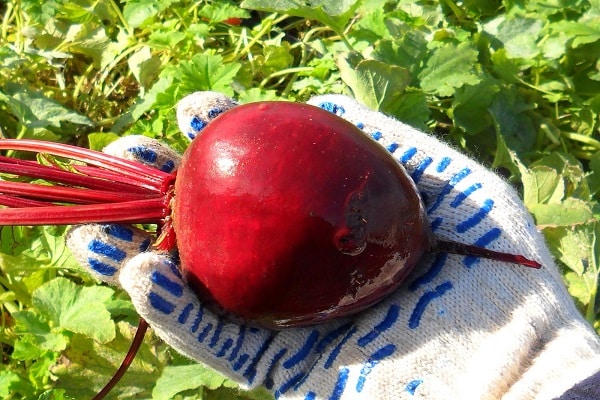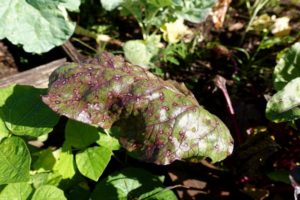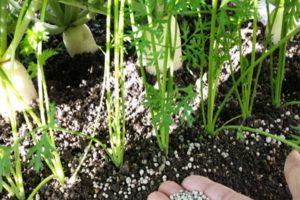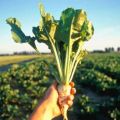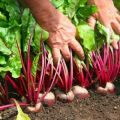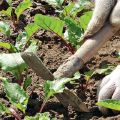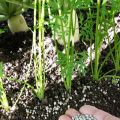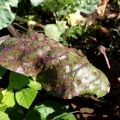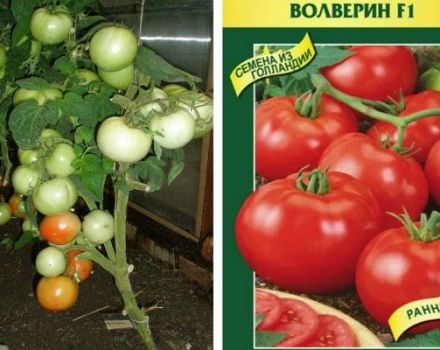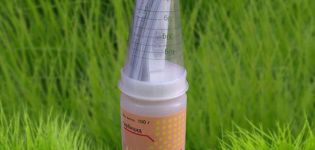Description of the best varieties of beets, how to collect seeds
When choosing beet seeds, attention should be paid to the main characteristics. Beet varieties differ in yield, taste, ripening, cultivation and harvesting characteristics. The vegetable is well stored, so it makes no sense to grow it in the cold season. In summer for open ground, you can choose seeds of a suitable variety.
Content
- 1 Comparison of different groups of beet varieties by their qualities
- 2 Using different varieties of beets
- 3 Early beet varieties spring vitamins
- 4 Mid-season varieties, universal use
- 5 Late varieties: winter stock
- 6 Which variety should you choose?
- 7 Correct cultivation of beets for seeds
- 8 Processing when preparing beet seeds for sowing
Comparison of different groups of beet varieties by their qualities
The beet is a herbaceous annual or biennial plant. There are 13 types of vegetables, of which only two are grown in culture: ordinary and leafy. All varieties of common beets are divided into three large groups: table, sugar and feed. By the timing of ripening, early, middle and late are distinguished.
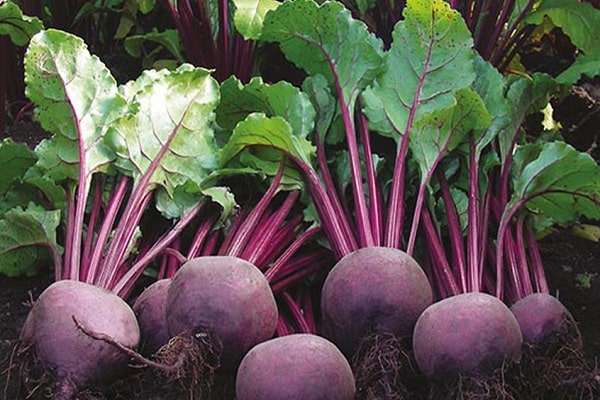
The early varieties are grown for summer consumption. They have a shelf life of no more than 4 months. After sprouting, it takes 95 days to harvest a mature crop. They begin to plant either before winter, in early November, or in spring, in the last days of April. The harvest (average fruit weight 350 g) begins to be harvested in late June, July or early August.
Medium and late varieties are suitable for winter storage. The varieties for winter storage include: Podzimnyaya, Bordeaux, Incomparable, Cylinder.
Mid-season varieties begin to ripen in 108 days and later. They begin to plant in early May. You can harvest a ripe crop at the end of summer. The average weight of a root crop is 450 g. The shelf life of the harvested crop is up to 7 months.
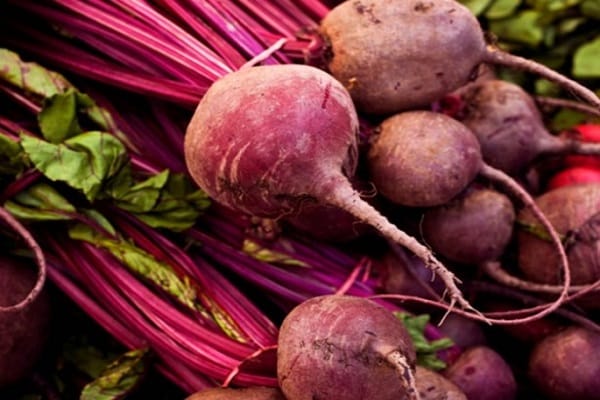
Late varieties begin to be planted in the second half of May. The harvest begins to ripen after 130 days, approximately coincides with the beginning of September and the end of October. Root vegetables weight 500 g, taste at the highest level. The shelf life is up to 9 months.
Using different varieties of beets
Early varieties are grown for raw consumption, to be added to various dishes and to make juices. Middle and late varieties are most often used for canning and winter storage.
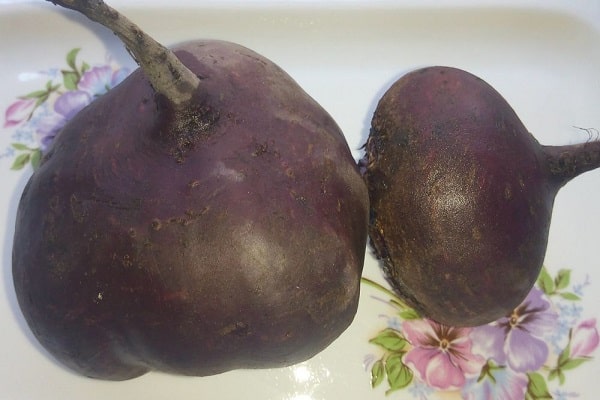
All varieties of table beets are divided into red and white subspecies. The white vegetable tastes like a red relative. The skin and pulp are light in color. They add a vegetable to many dishes where it is undesirable to stain other products in red.
Red beet varieties are characterized by the color of the skin and pulp of a red or burgundy hue.Light rings are clearly visible on the cut. The shape of root crops can be round, cylindrical, flat, conical.

Popular table varieties of beets include: Mulatto, Bordeaux 237, Bona, Kedri, Cylinder, Zemlyachka, Red ball. These varieties have good taste, the flesh is juicy and sweet.
Less commonly grown leaf beet... Roots are not tied in her; tops and leaves are used for food. The color of the leaves can be green, burgundy, purple. The petioles also differ in length, thickness and color.
Sugar and ethanol are made from sugar beets. Root crops contain up to 22% sucrose. Root vegetables can weigh up to 3 kg. Skin color is yellow-white, flesh is white. All varieties are thermophilic and demanding on light, watering and soil composition.
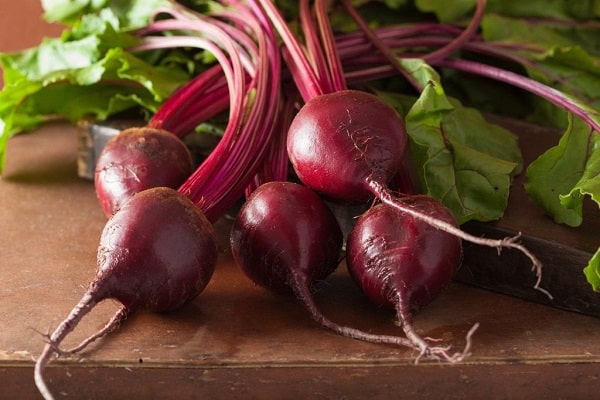
Fodder beet (Timiryazevskaya 19, Rocket, Pronto, Slavyanka, Bravo) is grown for the production of feed for farm animals. In terms of the presence of nutrients, it is no different from the table or sugar group. A feature is the higher content of protein, fiber and coarse fiber. Root crops grow to large sizes.
Planting of beets is carried out by seeds or through seedlings. You can grow beets for seeds yourself. In order to get healthy planting material, you need to know some rules and secrets on how to grow beet seeds.
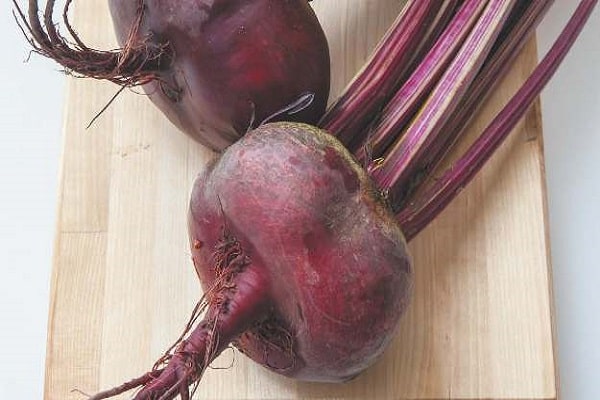
Early beet varieties spring vitamins
For early varieties of beets, the fruit ripening period is 95 days. Vegetable crops tolerate cold weather and show resistance to diseases. The harvested crop is stored for a short time. Popular early beet varieties include: Detroit, Severnyi Shar, Pablo, Bolivar, Regala.
A lot of vitamins, minerals and bioflavonoids accumulate in the roots of a vegetable. The vegetable can be added to many dishes and consumed fresh. In addition to root vegetables, greens are also eaten. Delicious and healthy dietary meals are made from it.
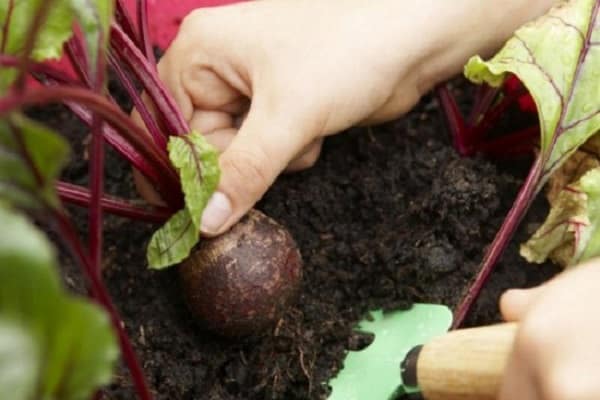
Libero
The best are the seeds of the table variety Libero of Dutch selection. The variety is high-yielding, resistant to shooting and early ripening of sweet fruits. Harvesting begins 82 days after germination. The leaves of the plant are green-pink, erect, oval in shape.
Root crops are oval-elongated with a thin smooth red skin, weighing 180 g. The inside is tender and juicy, dark red in color without light arcs.
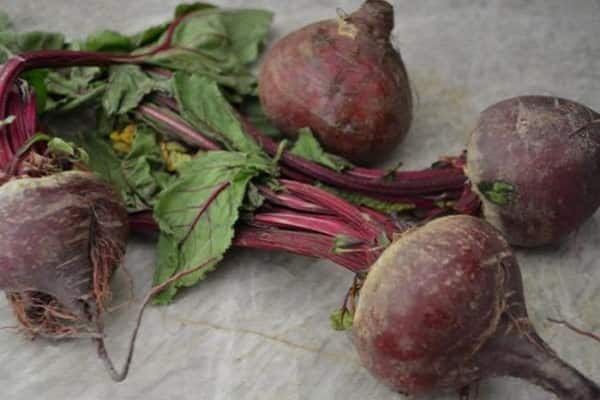
Vinaigrette Jelly
A suitable variety of beets for the Moscow region is Vinaigrette Marmalade. The culture belongs to the early ripening group, characterized by a large harvest, drought resistance, amicable ripening of homogeneous fruits. The period from germination to maturity is 98 days.
The shape of the root crops is round or flat-round, weight 450 g. The pulp is juicy, high in sugar, dense, dark red in color. The harvested crop is stored for a long time.
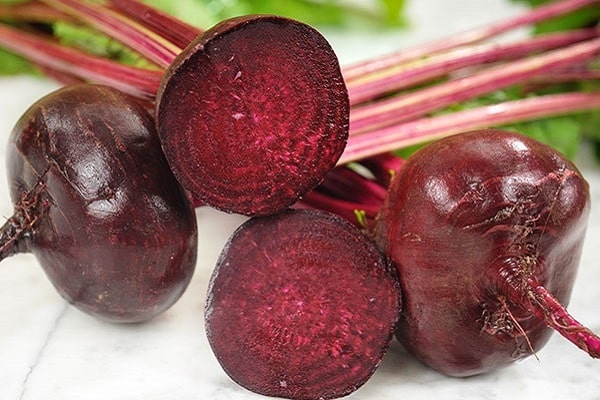
Cold resistant 19
One of the best varieties of beets for the Urals is Cold-resistant 19. The plant is cold-resistant. Other distinctive characteristics are: consistently high yield, can be sown before winter, shows resistance to shooting, the harvested crop is stored for a long time.
Cold-hardy 19 is a medium early variety, the harvest ripens after 72 days. Root crops are round or flat-round, weight 180 g. Thin, smooth skin has a dark red color. The pulp is juicy, tender, dark red in color without visible white rings.

Bordeaux 237
Bordeaux beets are of the table type, early maturing group. Ripening occurs after 94 days. The leaves are located tightly to each other, their color is dark green with burgundy veins and dark pink petioles. The length of the leaves reaches 40 cm.
To get an early harvest, seeds are sown in the first half of March.Root crops have a round-flattened shape up to 15 cm in diameter, weighing 480 g. The skin is dark red in color. The inside is juicy, sweet, deep red in color without arcs and stripes.
The seeds of the variety are considered good and sprout amicably, the harvest is stored for a long time. The plant is highly resistant to drought and many fungal diseases. Long-term storage preserves the juiciness, density, sweetness and aroma of the pulp.

Red ball
In the description of the Red Ball beet variety, the mid-early ripening of the crop is indicated (the growing season lasts 95 days), resistance to flowering, cold weather, disease, not prone to stemming. Average drought tolerance is noted.
The fruits are round in shape with a red skin, weighing 420 g. Dense, tender, juicy flesh of dark red color. The harvested crop is well stored for a long time, transportability is at a high level.
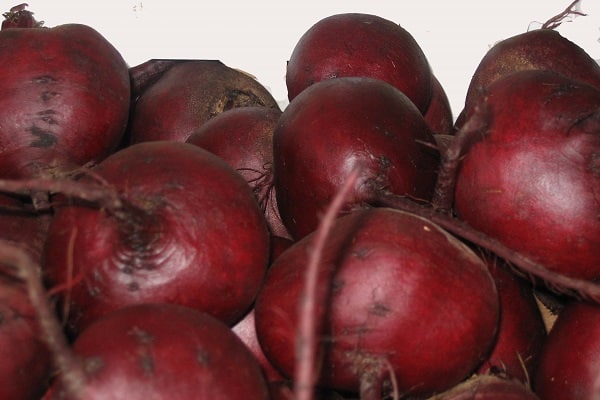
Mid-season varieties, universal use
Better early ripening varieties of beets are stored fruits of the middle ripening boundaries. Varieties with mid-season borders are better at tolerating heat and drought. Beet seeds can be sown before winter, as they have good cold tolerance. Ripening occurs after 4 months. The harvested crop has a universal application of root crops.
Detroit
Detroit is one of the well-known early-maturing beet varieties. Maturation occurs on day 108. The bushes of the plant are low, the leaves are dark green with red-pink veins. Smooth skin of rounded fruit, bright red. Weight 160 g. The pulp is sweet, juicy, burgundy, without extraneous light inclusions.
The advantages of the early Detroit variety are high yields, resistance to flowering, beet diseases, versatile use of crops that are stored for a long time.
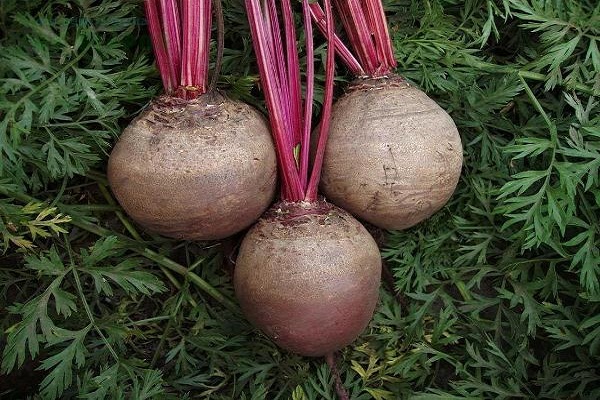
Borsch
The fruits of borscht beet begin to ripen 105 days after germination. A distinctive feature is that the plant is unpretentious to the composition of the soil. The yield is high, with additional fertilization, the number of root crops increases.
The skin of a round beet is light red, weight 420 g. The red pulp is tender, juicy and soft with pronounced white-pink rings. All fruits are smooth, smooth and rich in amino acids. The shelf life is more than 6 months. The culture is highly resistant to flowers and diseases.
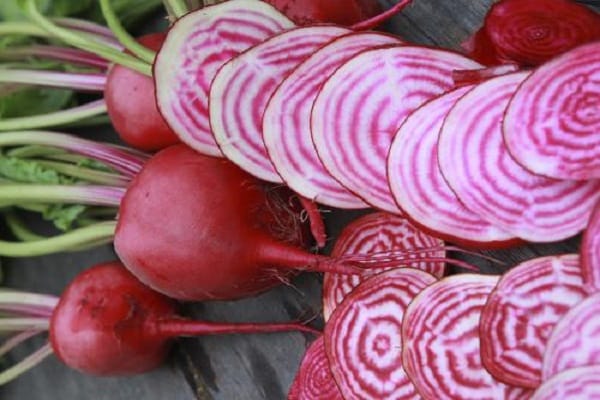
Incomparable a 463
The seeds of Beet Incomparable a 463 begin to be planted at the end of April. The crop ripens in 90 days. The variety is well stored, has a high yield and excellent taste. The plant is resistant to many diseases and flowers.
The color of the roots is dark red, the shape is flat-round, the weight reaches 360 g. The flesh is maroon in color with pronounced rings of a blackish shade.
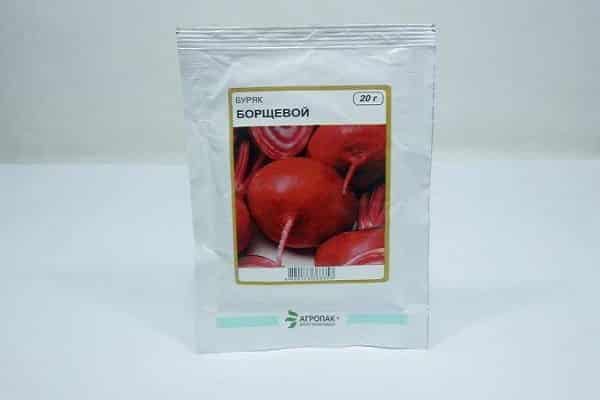
Egyptian flat
The Egyptian beet variety has a flat middle border of fruit ripening. From the moment of germination to maturity, 118 days pass. The leaves are erect, dark green with a burgundy petiole.
Root crops have an elliptical shape, maroon color, weighing 370 g. The juicy, tender pulp has a red-pink color with a purple tint. The variety is characterized by high productivity, resistance to beet diseases, resistance to flowering, drought. The harvested crop is stored for a long time without losing all its best qualities.
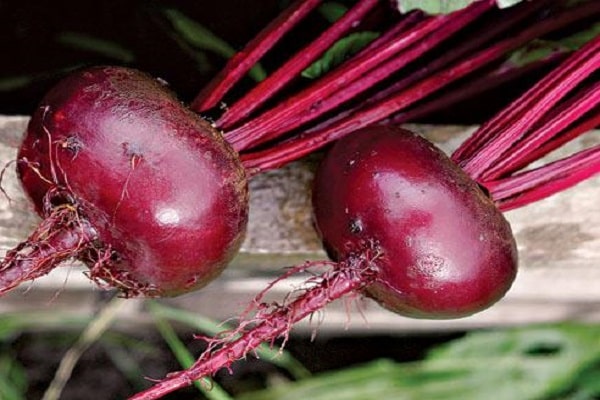
Kestrel
An early ripe hybrid is the Kestrel F1 beet, with a description of which you should definitely get acquainted. The growing season lasts 110 days. Leaves are erect, up to 35 cm long. The plant is characterized by high disease resistance.
Smooth fruits of red color and round shape weigh 300 g. Juicy and sugary flesh of dark red color.
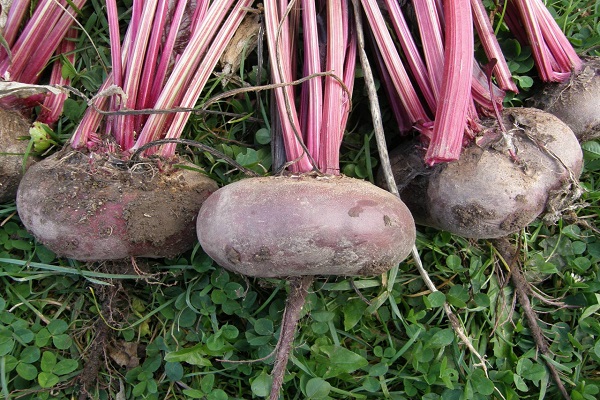
Pablo
Hybrid beets pablo characterized by mid-early ripening. The duration of the growing season is 105 days.The variety is distinguished by good taste, increased resistance to cold, drought, disease, does not impose special requirements on the composition of the soil and is well stored for many months without losing taste.
The plant has erect leaves, light green with burgundy veins, oval. Rounded fruits of medium size (weight 220 g), dark red skin. The pulp is ruby-red in color with a purple tint, juicy, tender without white blotches and rings.
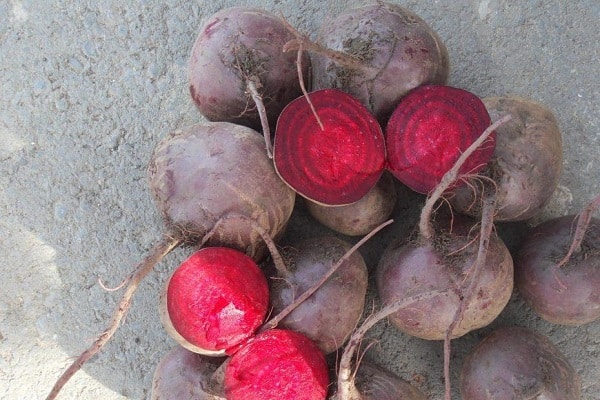
Borough
A new hybrid that outperforms the Pablo hybrid is the Boro F1 beet. The pulp is even more intense burgundy color with a high sugar content. The plant shows the best resistance to diseases and tolerates sharp temperature changes well.
Boro beets have a growing season of 115 days. The skin of the fruit is very thin, deep red in color, rounded in shape. Judging by the reviews, Boro F1 beets do not require increased attention and care. It is enough to weed the beds in time, loosen the soil, thin out the seedlings. Water the beets as the soil dries.
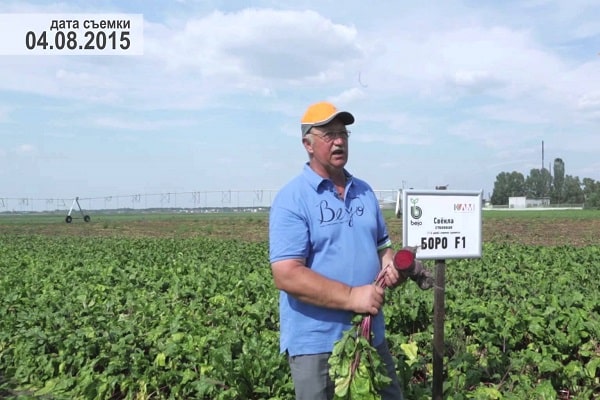
Late varieties: winter stock
It takes 128 days for the late varieties of beetroot to ripen. All varieties tolerate temperature changes well, are drought-resistant and frost-resistant. The harvested crop is stored for a long time, up to the collection of young beets.
Cylinder
Vegetable growers should familiarize themselves with the description of the Cylinder beet. Mid-season ripening boundaries allow you to harvest a mature crop after 118 days. The variety is characterized by high yield, good keeping quality, high content of useful components in the pulp.
The fruit, as indicated in the description, has a cylindrical shape up to 15 cm long, weighs up to 330 g. A thin dark red skin covers the juicy, sugary, delicate flesh, maroon color.
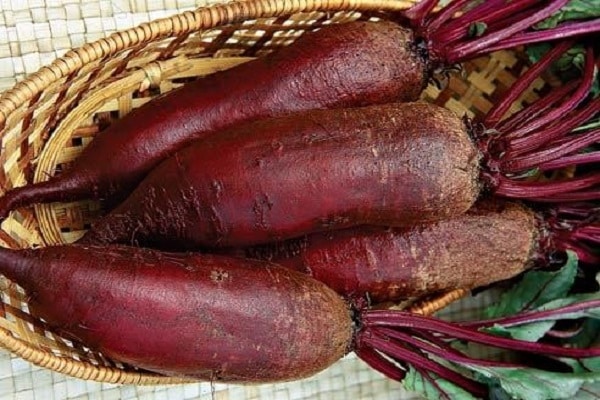
Renova
The Renova beet variety is distinguished by its late ripening borders and a large yield. It is characterized by excellent taste. The ripening period lasts 110 days. Root crops are elongated-cylindrical, with a smooth dark pink skin, weight 320 g.
The pulp is burgundy-purple, dense and juicy, without visible rings. The crop is stored for more than six months without losing its presentation and useful properties.
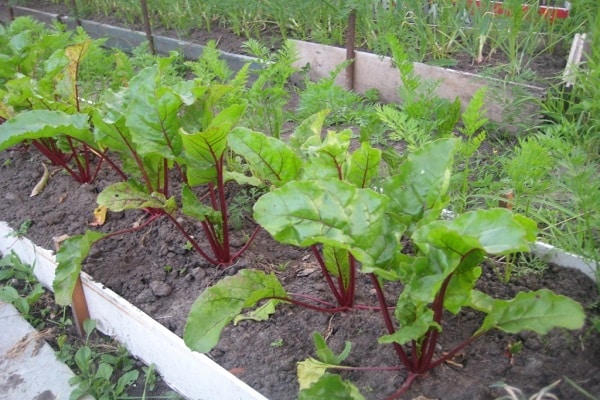
One-sprout
One-sprout beets have late ripening periods, the growing season is 128 days. The yield is high. A distinctive feature is that one and two-seed fruits appear during germination, so there is no need to thin out. Average resistance to flowering.
Root crops are rounded-flat, weight can reach 600 g. The color of juicy, soft and sweet pulp is maroon. After harvesting, the harvest is well stored for a long time.

Which variety should you choose?
Before making a choice in favor of this or that variety of beets, you need to decide which indicator in the characteristic is the main one for the vegetable grower. It is necessary to take into account the ripening time, keeping quality of the harvested root crops, the level of resistance to pests and diseases, taste, yield.
Red ball beets have early ripening limits. Root crops are round in shape, medium in size, weighing 240 g. Taste is excellent, the pulp is tender, juicy, sweet.
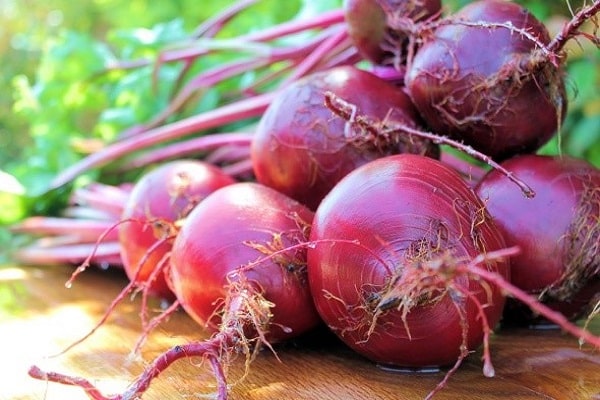
Good reviews about Egyptian flat beet. The harvest ripens in 3.5 months. Fruits are large, flat-round, weighing up to 400 g. The variety guarantees high yield and long-term storage.
Cylinder beet is a popular variety among the late plant group. Reaches technical ripeness after 4 months. Fruits are medium-sized, up to 250 g, but very juicy and sweet. The crop is stored for a long time and does not deteriorate.

Correct cultivation of beets for seeds
Seeds of your favorite variety can be grown independently.The process is simple, so even a novice vegetable grower can handle it. The main thing is to follow some rules and stages of work.
How can you get beet seeds? The beet is a two-year-old plant that produces seeds in its second year of growth. Therefore, you need to choose the right root crops for seed formation after the first season:
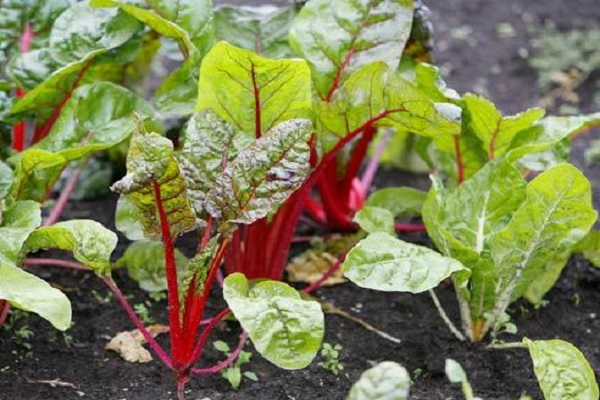
- To obtain healthy planting material, medium-sized root crops (weighing about 300 g) with a well-formed bud and a developed main root are suitable.
- The selected root crops must correspond to the declared shape and color of the variety, without damage, rot and dents. The tops should be cut off, leaving a stump of 2 cm.
- Do not choose too large fruits, as they will not give a high yield. But you can divide them into two parts before planting. In this case, it is important to divide the main kidney exactly in the middle. The advantage of this method of preparing root crops is that in time you can see white stripes, light flesh, and heart rot in the context.
- Selected seed beets should be stored separately from other crops in a cool, dark place at an air temperature of +3 degrees. It is important to avoid freezing.
Planting seed beets begins earlier than vegetables for root crops, but you need to wait until the soil warms up. The dates coincide with mid-April. In the southern regions it is possible even earlier - at the end of March. Vegetable culture develops well at an air temperature of +15 degrees.
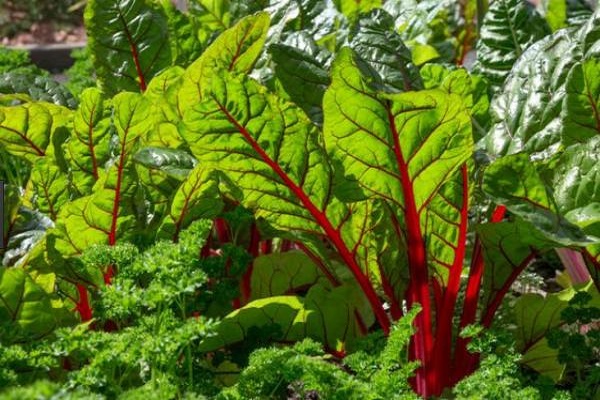
It is advisable to prepare the beds for planting root crops in the fall. The site is dug up and organic fertilizers are applied, for example, humus or compost. Root crops are planted at intervals of 30 cm.
Beet flowering begins in early June. During this period, it is recommended to carry out additional artificial pollination. For this purpose, the peduncles are shaken. After three weeks, pinch the top. This will speed up the seed ripening process.
How should beet seeds be harvested? The seed boxes are harvested in two ways: the entire plant is removed from the ground, or only the testes are cut off. The collected material is suspended for final ripening of the seeds. If the weather is dry, they will be ready in a week.
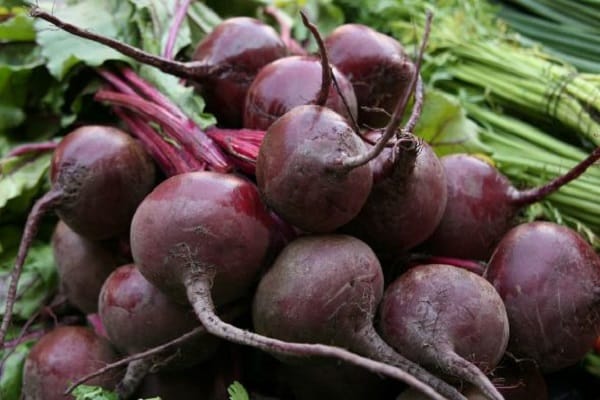
Processing when preparing beet seeds for sowing
The seeds are freed from bolls, debris and finally dried at room temperature. It is better to store the planting material in tight paper or plastic bags in a dark, cool place. The germination of such seeds is maintained for the next five years.
The resulting beet seeds are disinfected in a weak solution of potassium permanganate for 30 minutes before planting. Can be treated with fungicides (Fundazol) to reduce the likelihood of contracting disease.
It is helpful to soak the seeds in solutions that stimulate plant growth. The most popular drugs are: Zircon, Epin, Humate. In such solutions, the planting material is kept for a day.
